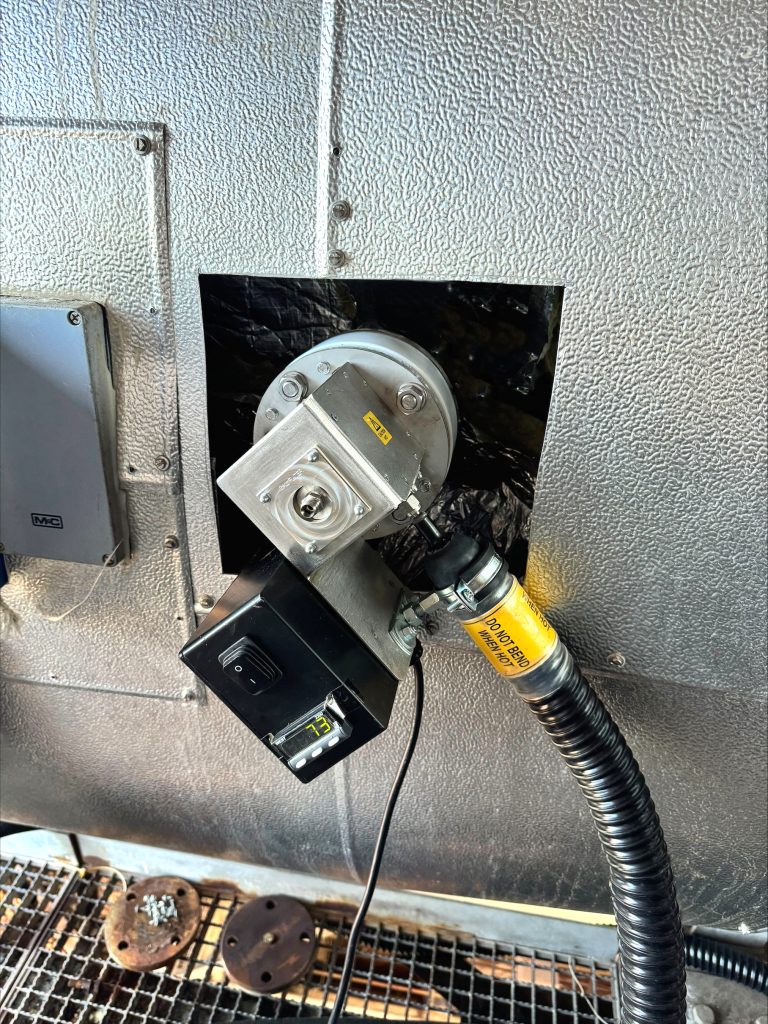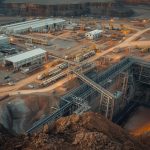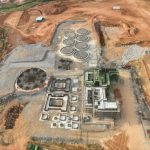Just as a puppy is not just for Christmas, a gas analyser is not just for regulatory compliance. Process managers generally install a continuous emissions monitoring system (CEMS) because they have to, by law. In the following article, James Clements, MD at Signal Group, explains how businesses can extract maximum value from an investment in gas analysis. Using total organic carbon (TOC) measurements at thermal processes as an example, he will argue that the same analysers can also be utilised for process control and for checking the performance of abatement equipment.
Background
By the time a CEMS measures a process stream for compliance, the process work is done, and the analysers are simply providing proof that the process is complying with its permit. However, the efficiency with which that compliance is achieved can be substantially improved by monitoring at earlier stages in the process stream. This principle applies to almost all regulated processes with emissions to air, and for a variety of measurement parameters. For the purposes of this article we will take a closer look at thermal oxidation processes such as VOC abatement and incineration.

Incineration is a widely adopted method for dealing with materials such as municipal waste, sewage sludge, clinical and hazardous waste, and animal by-products. The advantages of incineration over other waste disposal methods include significant volume reduction, hazardous material neutralization and energy recovery. However, the process of incineration converts much of the solid waste into gases, so tight regulatory limits apply to air emissions.
Under the Industrial Emissions Directive (IED) incinerators are normally required to continuously monitor emissions of carbon monoxide (CO), hydrogen chloride (HCl), hydrogen fluoride (HF,) nitrogen oxides (NOx), sulphur dioxide (SO2), total organic carbon (TOC) and total particulate matter. Under certain circumstances, continuous monitoring of HCl, HF and SO2 may not be required, and periodic monitoring may be applicable. The specific requirements for continuous or periodic monitoring are detailed in a site’s EPR (Environmental Permitting Regulations) permit. The permit also specifies periodic monitoring frequencies for dioxins and furans, dioxin-like PCBs (polychlorinated biphenyls), heavy metals and poly aromatic hydrocarbons (PAHs).
Following the withdrawal of the UK from the EU, the requirements of the IED have been maintained in UK law through the Environmental Permitting Regulations.
Seeking to minimise the impact of pollution on people’s health and the environment by reducing harmful industrial and intensive livestock emissions across the EU, the revised Industrial and Livestock Rearing Emissions Directive (Directive 2010/75/EU or ‘IED 2.0’) entered into force on 4 August 2024. A key feature of IED 2.0 is the mandate for national authorities to set Emissions Limit Values (ELVs) at the “strictest achievable” level within the BAT-AEL range for a specific installation, unless the operator demonstrates that this is disproportionately costly. As a consequence, ELVs will become tighter.
Thermal oxidation
Incinerators employ high temperatures to break down complex organic chemicals into simpler forms – ideally water and carbon dioxide. The measurement of TOC emissions is necessary, not just to demonstrate compliance with the site’s permit, but also to help to identify incomplete combustion, which reduces efficiency and increases the risk of non-compliance. The incomplete combustion of some materials, such as plastics, can also result in the production of toxic gases, which emphasises the need for monitoring and feedback control.
Nitrogen oxides (NOx) are worthy of mention in this context because nitrogen and oxygen are abundant in air but do not react in ambient conditions. At higher temperatures, the gases react to form nitrogen oxide (NO) and nitrogen dioxide (NO2), which have serious health and environmental effects, and are therefore tightly regulated. There is a direct connection between combustion process temperature and NOx emissions, so Signal supplies NOx analysers to inform process control. Offering higher levels of accuracy, Chemiluminescence is the preferred measurement method for development engineers at manufacturer laboratories working on new technologies to reduce NOx emissions in the combustion of fossil fuels. For regulatory compliance monitoring, NDIR (Non-Dispersive Infrared) is less costly and more commonly employed.
Process managers seek to avoid incomplete combustion by optimising temperature, residence time and the air/fuel mixture. This process is informed by the continuous measurement of parameters such as oxygen, carbon monoxide and VOCs.
VOC abatement
Thermal oxidation is generally more effective at higher temperatures and with longer residency times, but both of these involve a higher energy requirement, increasing costs and reducing sustainability in the face of rising climate concerns.
In a catalytic combustion system, VOCs are decomposed by thermal oxidization at lower combustion temperatures, which reduces the amount of auxiliary fuel required and can reduce NOx generation. However, there is a risk that the efficacy of the catalyst may be lost due to catalytic poisoning.
VOC monitoring before and after abatement is essential for the optimization of abatement efficiency, and for the rapid detection of potential problems.

Multiplexed gas analysers
Signal’s extractive gas analysers can be multiplexed, which means that they can be connected to a multipoint sampling system so that one gas analyser can sequentially take measurements from multiple points – before and after abatement for example. To achieve this, Signal has developed a range of ancillary equipment to facilitate sampling from multiple points. For example, Signal’s Model 362 splits a single heated sample line into two filtered streams, allowing for parallel analysis of two different sample points. It includes a heated pump, gas distribution manifold, and multiple outputs, including one for a cooler/dryer. This facility to use one analyser for multiple sample points dramatically lowers the cost per measurement location.
Monitoring technology
Process managers are of course free to select the most appropriate gas analysis technique for process control, but where data are required for compliance purposes, it is likely that a certified standard reference method gas analyser is deployed. For example, the standard reference method for the measurement of TOC is flame ionisation detection (FID).
Signal’s latest FID, the SOLAR CEMNEX, recently passed a rigorous program of tests at TÜV in Germany. As a consequence, this monitor has MCERTS approval verifying compliance with the performance and uncertainty requirements specified in the UK’s Environment Agency Guidance: MCERTS for stack emissions monitoring equipment at industrial installations – Continuous emissions monitoring systems (CEMS) Updated 28 August 2024, EN 15267-1:2023, EN15267-2:2023, EN 15267-3:2007 and QAL 1 as defined in EN 14181: 2014.
Summary
Process managers know and understand the measurement parameters that can help them to optimise their processes, but they may not be fully aware of the most effective and cost-efficient ways to implement a monitoring system. With over 40 years of experience in designing gas analysis systems, Signal’s in-house experts are able to provide help and advice in the key issues. These include:
- Measurement technique
- Sampling points and sample conditioning
- Multiplexing
- Calibration
- Communication, including Wi-Fi & web-enabled















